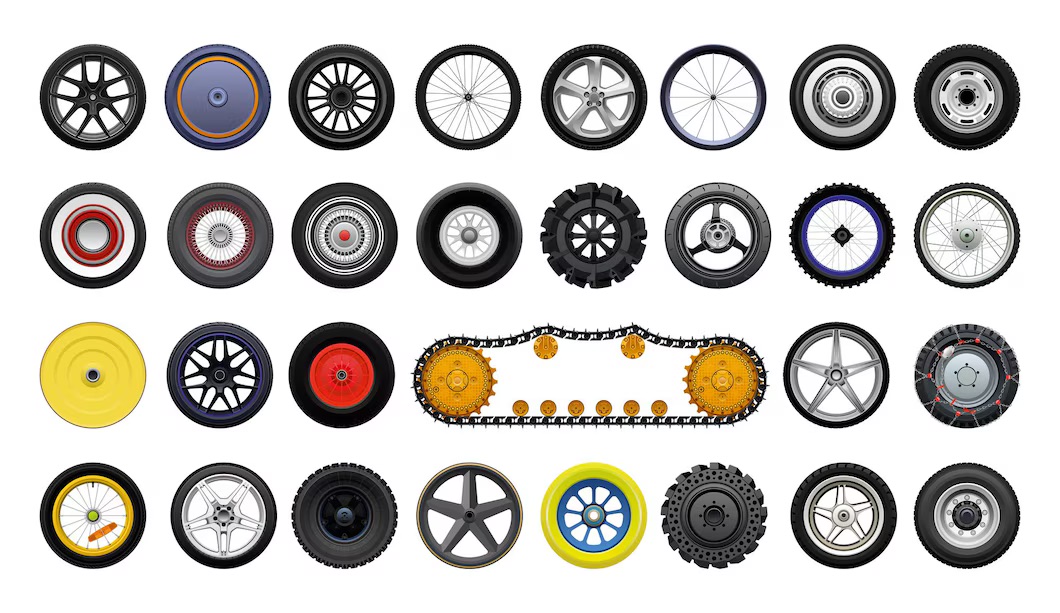Design Patterns
04 Dec 2024
Don’t Reinvent the Wheel
“Don’t reinvent the wheel” is a common phrase saying to use what already exists to save time and effort. Similarly, design patterns describe a recurring problem and define the solution in a way that can be applied without it being done the same way before. The essential characteristics of the wheel are still there, but we have built upon it. The problem may differ depending on the environment, situation, and other variables; however, the described solution allows one to apply the same thinking to solve the problem. In other words, a design pattern is a blueprint for how to solve a problem.
It is a simple concept to grasp yet very revolutionary. Because of design patterns, new people have a starting point to work with. Is there a problem where you don’t know where to start? That problem most likely has been solved a million times before. And if we look at the solutions to all those similar problems, they all have the same “heart” of the solution.
Following Tracks
“Monkey see, monkey do” is another phrase that means to learn something through imitation. As a student starting their journey in computer science, I have often found myself looking at examples to understand how to solve different problems. Broadening the saying,
One design pattern that I have used is the observer design pattern. It is used when we want to know when something has changed. For example, Minecraft has an observer block that sends a redstone signal when the block in front of it changes. Similarly, like in the React Tutorial of Tic-Tac-Toe, when we click on a square, we want to show an “X” or “O,” or if there are three in a row, column, or diagonal, the game lets us know when a player has won. The square is waiting for the event that the user clicks on the square. The game was waiting for the event that three squares in a line were in the same state.
Another design pattern is the strategy pattern, which uses inheritance to dictate the behavior of an object. For example, when I was first learning about inheritance in Java, it was applied to shapes. All shapes have some number of sides, area, and perimeter. A rectangle is a four-sided shape, and a square is also a four-sided shape. In fact, a square is a rectangle. So, the Square class can inherit from the Rectangle class, and we can modify the methods to be more specific to a square.
Writers have their story archetypes, and software engineers have their design patterns. “Don’t reinvent the wheel,” people like to say. But have you heard of the continuation? “Don’t reinvent the wheel. Improve on it.” It tells us that the wheel is the skeleton of the solution. However, depending on the situation, it should be modified for it’s maximum potential.